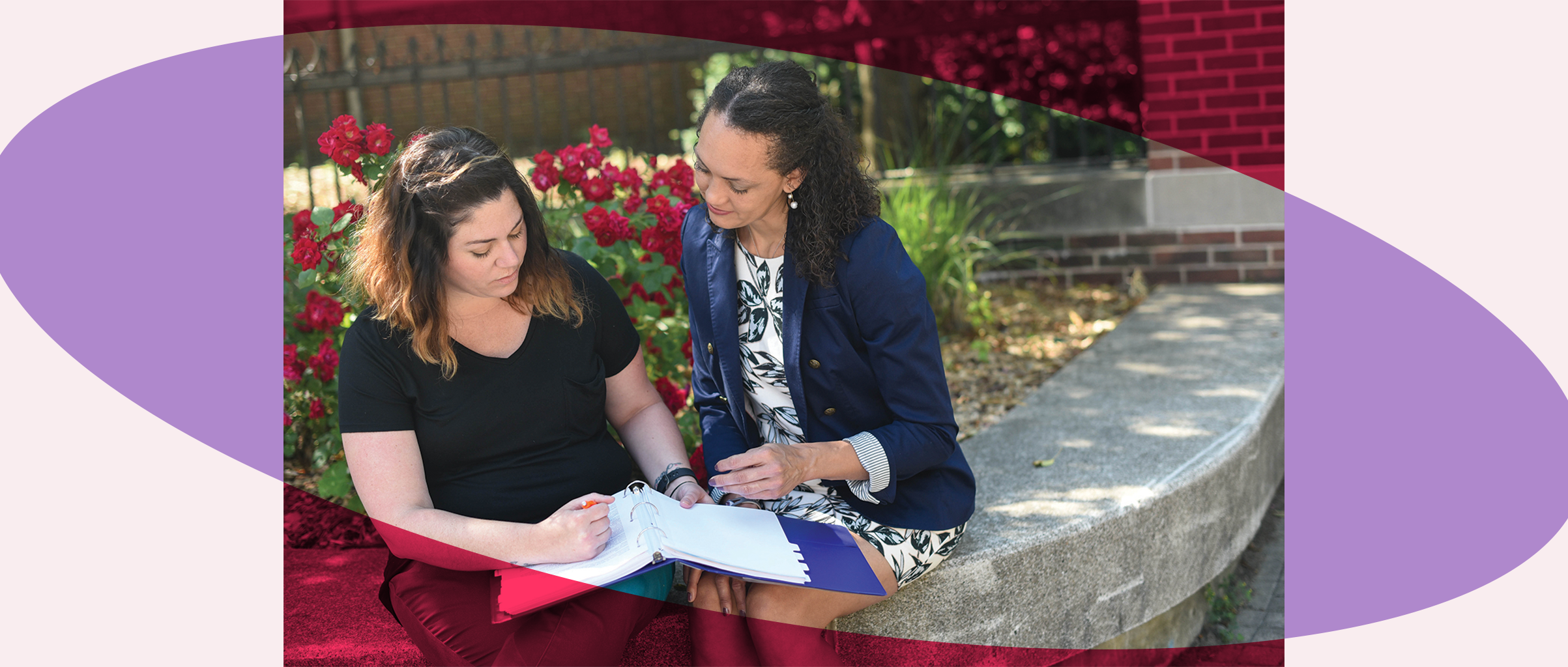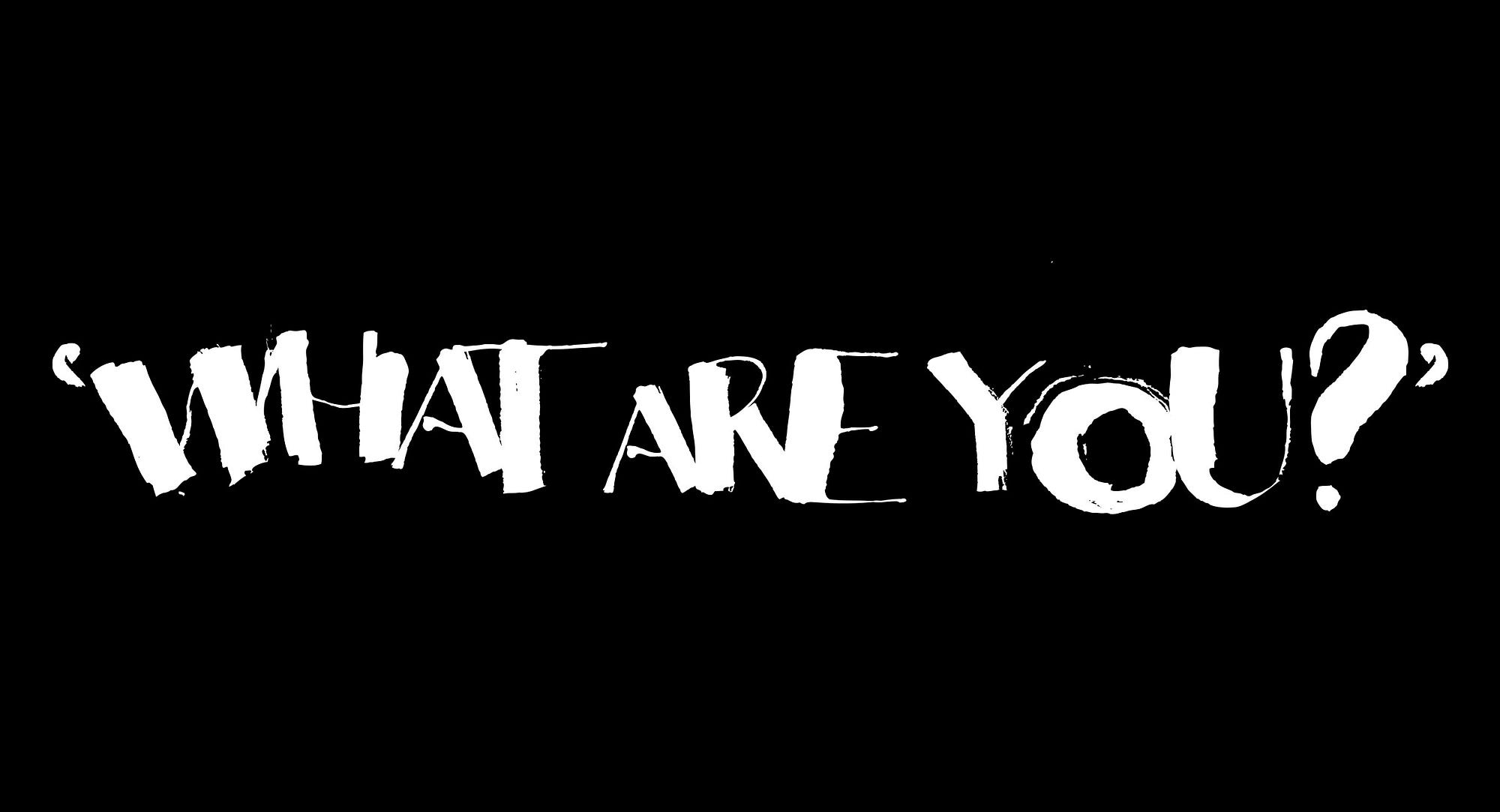Universities Are Still Struggling to Provide for Mixed-Race StudentsPosted in Articles, Campus Life, Identity Development/Psychology, Media Archive, United States on 2019-10-22 00:50Z by Steven |
Universities Are Still Struggling to Provide for Mixed-Race Students
Zora
2019-09-23
Kristal Brent Zook, Professor of Journalism, Media Studies, and Public Relations
Hofstra University, Hempstead, New York
Coming from a multiracial background can leave some students feeling isolated
“As a person of color…” Phoebe Vlahoplus, 20, a history major at Wesleyan University pauses.
“Or… half a person of color.”
“It depends,” she says carefully when I ask if she’s uncomfortable using the phrase. She is East Indian and Greek, but her parents were born in the United States. “I can’t speak for immigrants.” She weighs the considerations, then adds, “But my skin color is Brown.”
Meiko Flynn-Do is Japanese, Vietnamese, and White but before attending Stanford University, where mixed-race students made up 11% of undergraduates in 2012, she never saw herself as a “person of color. That wasn’t on my radar.” It wasn’t until college that she started “wrestling with those things. Ethnic studies classes kind of opened up those questions for me.”
Mariko Rooks attended Yale University’s Cultural Connections, a pre-orientation program for minorities, prior to starting her first year on campus. “It was so unapologetically Black and Brown,” she recalls. “So overwhelming and enlightening.” The experience “revolutionized her thinking,” says Rooks. Her friend Adia Klein, a junior at Yale agrees. “Going to college opened me up. I saw that being multiracial was a global thing… It was eye-opening.”
Like many college students, Vlahoplus, Flynn-Do, Rooks, and Klein all found that in college, questions of racial identity moved to the front and center of their consciousness for the first time…
……“It’s really hard for administrations to catch up,” says G. Reginald Daniel, PhD, professor and vice chair in the Department of Sociology at the University of California, Santa Barbara. One of the key areas lagging behind in universities is student counseling. “There are special kinds of microaggressions that come with multiracial identity,” says Daniel. “Our society is racially illiterate in general, and the greatest illiteracy is to be in the presence of a multiracial person.”…
Read the entire article here.

